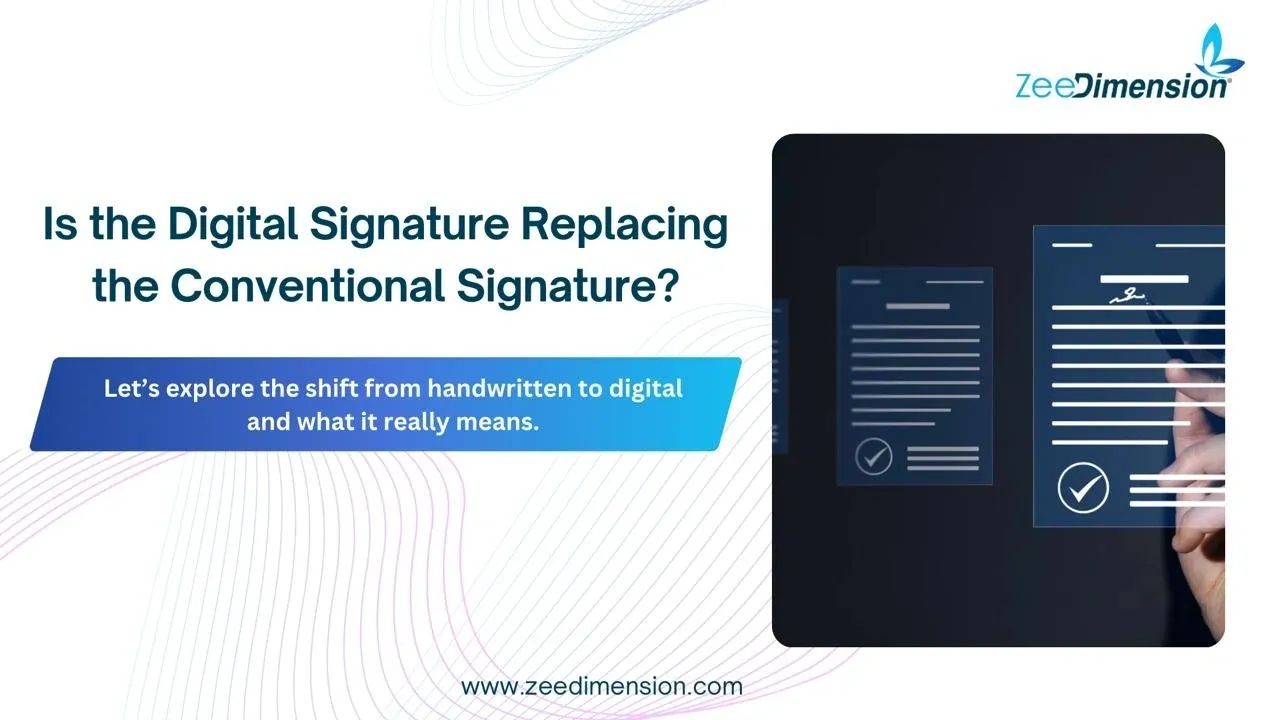
Let’s explore the shift from handwritten to digital and what it really means.
What Is a Digital Signature?
A digital signature is a secure way to verify a signer’s identity and protect documents from tampering. Unlike a simple scanned signature, it uses advanced encryption to ensure that the document remains unchanged and authentic. This technology prevents forgery, making digital transactions safer and more reliable.
Why Organizations Are Switching
Organizations are switching to digital signatures because they are faster, more secure, and eco-friendly. Instead of waiting days for paperwork, documents can be signed in seconds with strong encryption ensuring authenticity. They also eliminate the need for printing, scanning, and mailing, making the process more efficient and sustainable.
Legally Recognized Worldwide
Digital signatures are legally recognized around the world, including under the E-SIGN Act in the USA, the eIDAS Regulation in the EU, and many other international laws. This makes them not only a convenient solution but also a legally binding way to sign documents.
Advanced vs. Qualified Signatures
An Advanced Electronic Signature (AdES) is linked to the signer and can detect any tampering with the document. It also requires identity verification for added security. A Qualified Electronic Signature (QES) goes a step further, meeting all the standards of an AdES but also being issued by a government-certified provider. In the EU, a QES holds the same legal value as a handwritten signature.
Added Bonus: Audit Trails
Every digital signature comes with important details like timestamps, IP addresses, and verification of the signer’s identity. These features help ensure compliance, improve recordkeeping, and increase accountability for digital transactions.
But Not Without Limitations
While digital signatures offer many benefits, there are still some limitations. In certain regions, handwritten signatures are still required for specific documents. Legal requirements can also differ from country to country. Additionally, not everyone has access to digital signature technology or feels comfortable using it.
The Bottom Line
Digital signatures are not just an alternative, they’re becoming the standard.
While traditional signatures still exist in niche cases, digital ones are:
• More secure
• Faster
• Widely accepted
Final Thought
As technology and laws continue to evolve, digital signatures are paving the way for a more secure, paperless, and efficient future. Are you prepared to make the transition?







